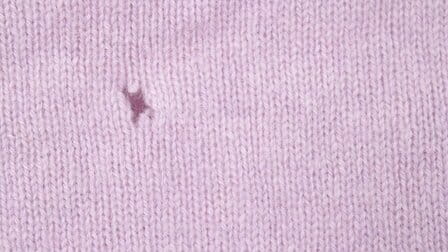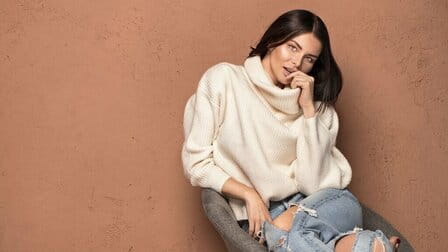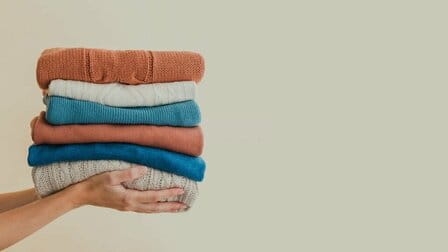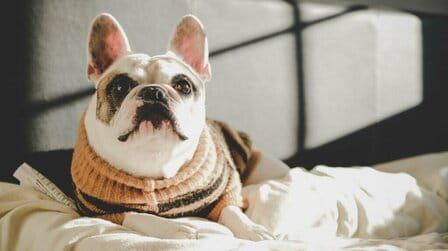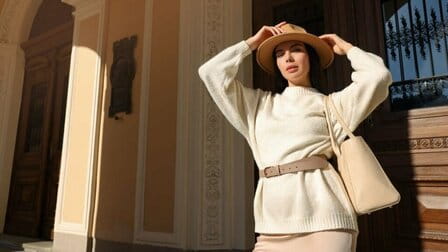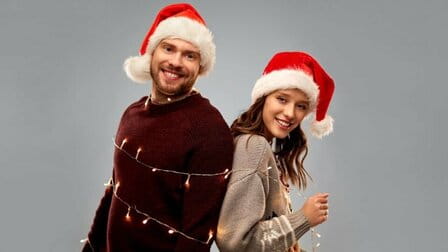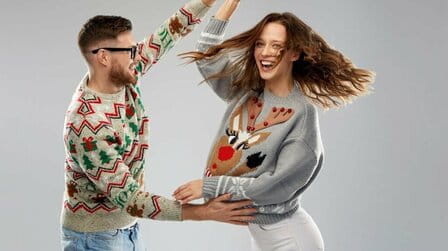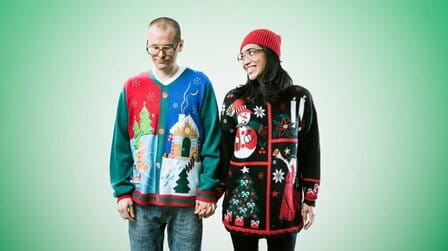Ugly sweaters, also known as gaudy, kitschy Christmas sweaters, have become an ironic and nostalgic trend in recent years. While some may view them as tacky or outdated, ugly sweaters continue to gain popularity around the holidays each year. Let's examine whether ugly sweaters are still considered fashionable.
The origins and heyday of ugly sweaters
Ugly sweaters first emerged as a widespread style in the 1980s. With their garish patterns, clashing colors, and novelty motifs, ugly Christmas sweaters represented the height of festive but questionable knitwear fashion. Family members would eagerly don these sweaters for holiday gatherings, school concerts, and other special occasions throughout the season. Major clothing retailers even sold ugly sweaters as part of their seasonal selections.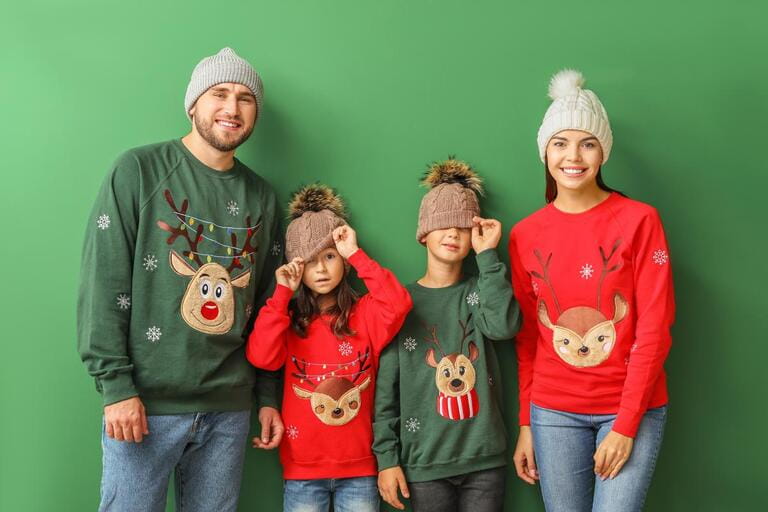
By the 1990s, ugly sweaters had mostly fallen out of favor as fashion trended toward minimalism. The sweaters were relegated to the backs of closets or thrift stores. However, nostalgia for 1980s fashion and kitsch helped drive an ugly sweater comeback in the late 2000s.
The ugly sweater renaissance
Around 2011, ugly sweaters started gaining popularity again. Pop culture and media began celebrating ugly sweaters both sincerely and ironically. Ugly sweater parties became a trendy way for groups to get together during the holidays. Major retailers brought back vintage-style ugly sweaters to appeal to those feeling nostalgic.
Are ugly sweaters still in style? The ugly sweater renaissance is still going strong today. Ugly sweater popularity has steadily increased over the past decade. In fact, the global Christmas sweater market was valued at $1.27 billion in 2021 and is projected to reach $2.02 billion by 2028. The revival has spread beyond parties to ugly sweater runs, pub crawls, and more. Even celebrities have joined in on the trend.
Why ugly sweaters remain popular
Several factors contribute to ugly sweaters maintaining relevance:
- Nostalgia - For Millennials and Gen Xers, ugly sweaters are a nostalgic reminder of holidays past. Donning one allows people to tap into feel-good memories.
- Irony - For younger generations with no memory of the original sweater trend, part of the appeal lies in wearing something ironically comical or kitschy.
- Humor - Ugly sweaters often feature silly motifs like reindeer, snowmen, and Christmas trees. Their playfulness injects humor into holiday festivities.
- Individuality - In a sea of more traditional holiday attire, ugly sweaters let people stand out. They can express personality or be conversation starters.
- Participation - Ugly sweater parties and events give people an opportunity to join in a widespread cultural trend. The seasonal social element strengthens the sweater's popularity.
The future of ugly holiday sweaters
While ugly sweaters may eventually fall from fashion again, they are still widely embraced at the present. Major retailers like H&M, Target, and Walmart continue releasing new ugly sweaters annually alongside vintage 1980s-style designs. Social media has also bolstered ugly sweater popularity, as people share photos of their kitschy knits. With ugly sweaters becoming ingrained as a classic holiday tradition, it's likely they will remain popular for years to come. Their nostalgia factor and quirky charm help keep ugly sweaters in style season after season.
Are ugly sweaters still in style? FAQs
What makes a sweater qualify as ugly?
Ugly sweaters typically have loud, clashing colors like neon hues. They feature gaudy Christmas-themed designs like snowflakes, trees, Santas, reindeer, and ornaments. Other ugly sweater hallmarks include chunky knit textures, all-over patterns, tacky motifs, and an overall kitschy or garish aesthetic.
Do people actually like ugly sweaters or just wear them ironically?
Many people genuinely enjoy ugly sweaters for the nostalgia and humor they provide. However, part of their ongoing popularity stems from wearing ugly sweaters ironically as a funny statement. Even if sweaters are worn as a joke, though, the trend still maintains interest in them.
Where did the ugly sweater trend originate?
Ugly Christmas sweaters first emerged as a mainstream fad in the United States, Canada, and the UK during the 1980s. Over the next decades, ugly sweaters would dip in popularity before resurging again in the late 2000s and early 2010s.
How can I participate in the ugly sweater trend?
You can join by purchasing an ugly sweater to wear to holiday parties, events, family gatherings, or seasonal activities. Attend an ugly sweater-themed party or contest, do an ugly sweater pub crawl, or even go for an ugly sweater fun run. DIY an ugly sweater at home too!
Do I need an ugly sweater for an ugly sweater party?
Most ugly sweater parties explicitly require guests to wear ugly or tacky holiday sweaters. The sweaters are integral to the theme. So make sure to get an ugly sweater before attending an ugly sweater party or contest. You can make your own sweater, buy one new, or find an old sweater at a thrift store to reinvent into an ugly one.
Conclusion
While ugly sweaters may seem antiquated or undesirable to some, they continue to thrive as an ironic and lighthearted holiday trend. The ugly Christmas sweater has evolved beyond its initial unfashionable status to become a beloved part of many people's seasonal traditions. Their blend of nostalgia, individuality, humor, and participation will likely keep ugly sweaters in vogue for years to come. So next time you see a garishly patterned holiday sweater, see it as a celebration of cozy festivity rather than a fashion faux pas. Ugly sweaters still have style, just with a heavy dose of kitsch and quirkiness!
